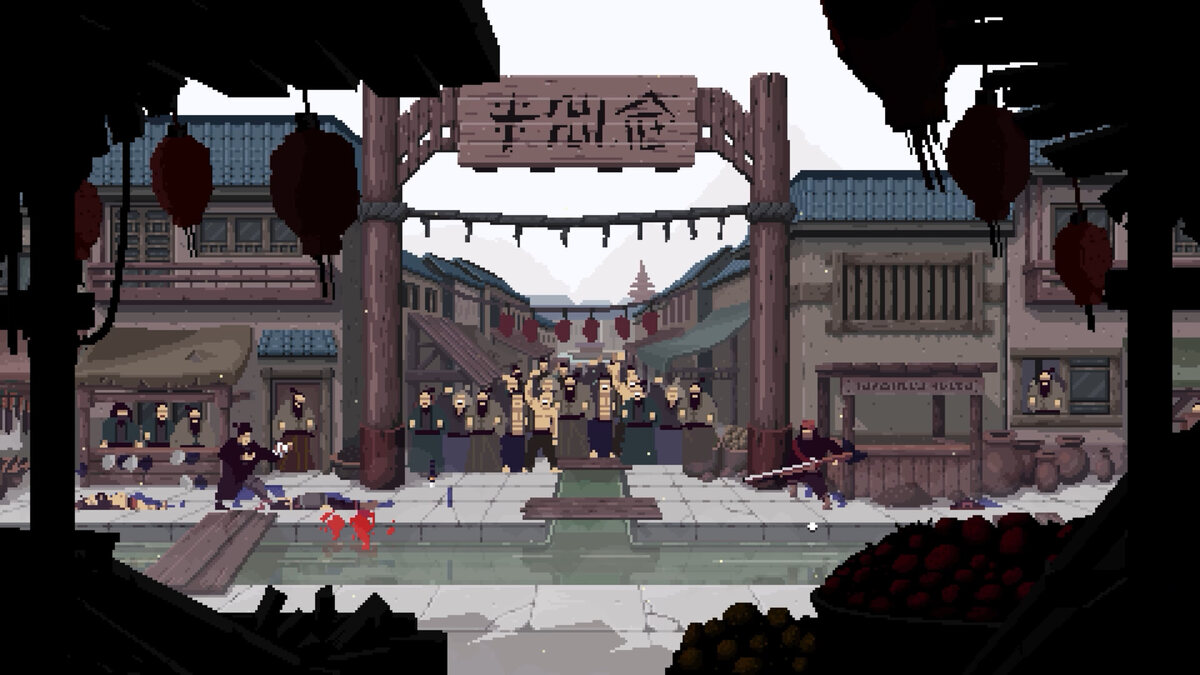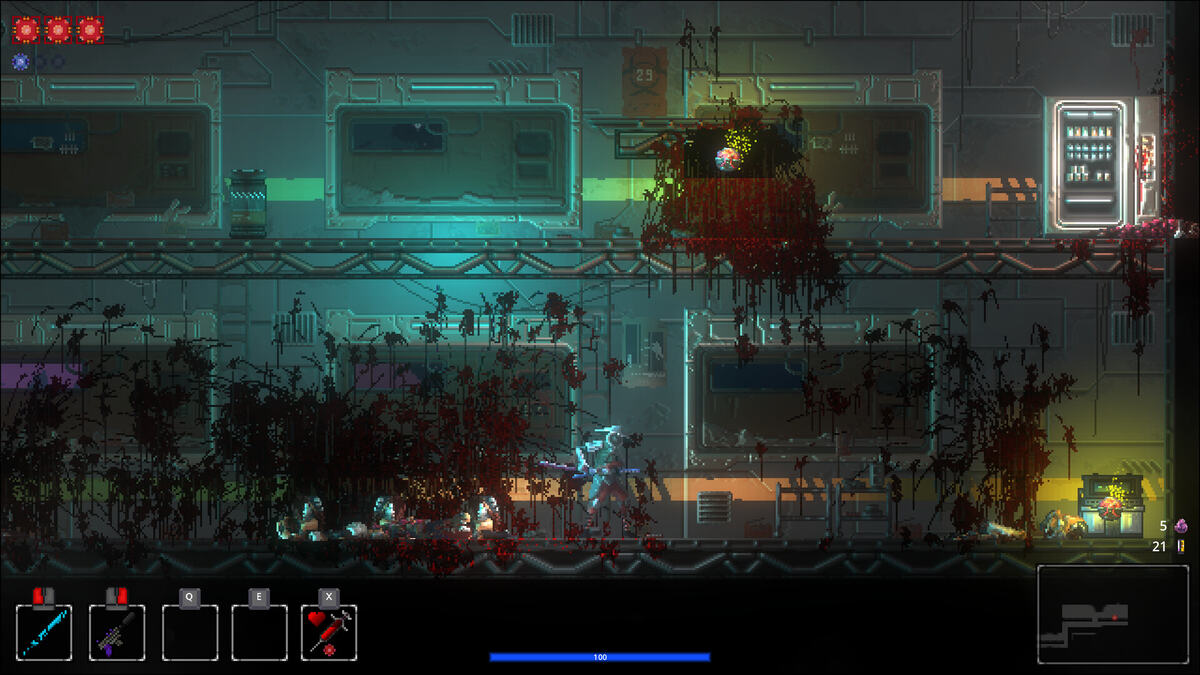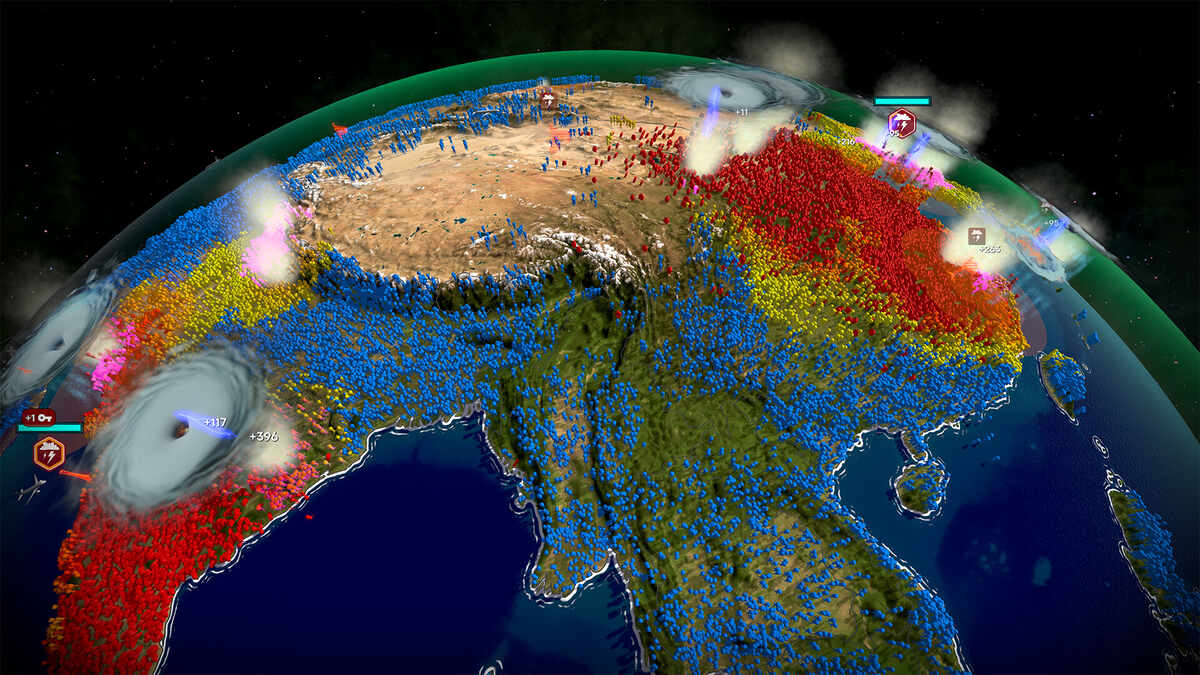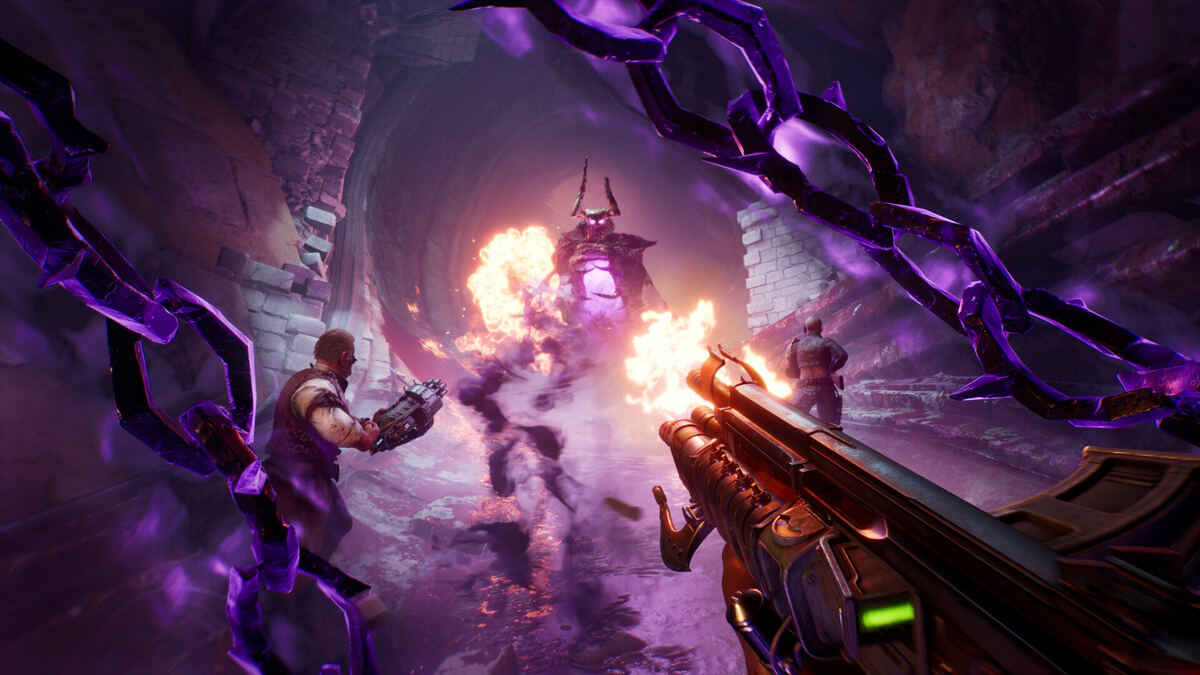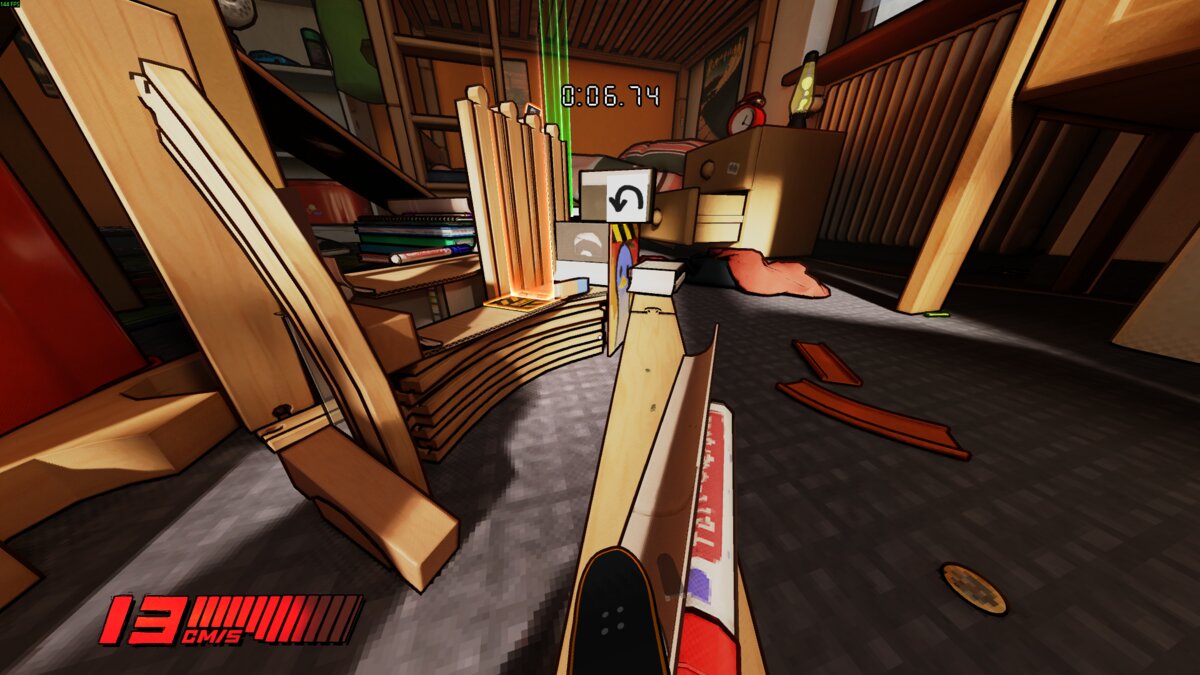You can trust VideoGamer. Our team of gaming experts spend hours testing and reviewing the latest games, to ensure you're reading the most comprehensive guide possible. Rest assured, all imagery and advice is unique and original. Check out how we test and review games here
That’s Andy Roddick’s serve. Right there in front of me, on a big screen LCD. It’s unmistakably Andy Roddick’s serve. That arched back, that unusual posture, that snap as the racket hits the ball… it couldn’t be anyone else’s. And I thought Wimbledon was over.
Turns out I’m watching something better than Wimbledon. I’m watching two developers from Paris-based studio PAM Development smash a tennis ball at each other in an “80%-ish” complete build of Top Spin 3, the latest version of Virtua Tennis’s main rival in the ongoing battle to be the video game world’s tennis number one.
Back to that serve. It’s probably the most realistic and convincing replication of a real-life sporting move I’ve seen in a video game. If nothing else Top Spin 3 looks great, with fluid, varied animations and realistic player movement and ball physics. Real-time fatigue is something I can see clearly on-screen, conveyed through sweat, puffed, red cheeks and the way players sluggishly change direction as the match wears on. It all makes for perhaps the nicest looking tennis game yet. And it’s even more impressive given that tennis games on the whole seem to have trouble serving up high-quality presentation – something PAM tells us they’re working hard to reverse.
Francois Giuntini, the game’s creative director, begins my TS3 presentation by taking me through the enhanced player creation, which, according to community feedback, was too overwhelming in previous iterations of the series. So the team’s focus this time round was to make it easier to create a tennis player that looked as good as the developer-created pros while at the same time retain depth for those of us who love to slave over forehead inclines and cheekbone positions.
You have loads of pre-set faces to choose from as well as a range of hairstyles that would make a Shoreditch barber have a heart-attack. If you want you can stick with the pre-set stuff and jump straight into the game, or you can take your pre-set tennis player into the advanced Free Form option and get your hands dirty with numerous sliders, a bit like shaping clay after your tutor has started the ball rolling.
This is all well and good, but making player customisation more efficient won’t be what convinces tennis obsessives to part with their cash. It’ll be how the game plays. And here PAM, from what we’ve seen, looks like it has implemented not revolutionary but sensible changes to the Top Spin gameplay mechanic aimed at making it play more like the real game.
In TS3 your position in relation to the ball affects the quality of your return. You press the button, adjust to the ball’s trajectory, prepare yourself for the shot and release when you want to smack it cross court. Poor position will result in a poor shot – if you take a shot and the ball bounces too far ahead of you, that stumble forward and scoop thing you see the pros do on TV kicks in and the ball won’t be returned with any real impact. And if you misjudge the bounce of the ball so it lands at your feet you’ll get that surprised quick flick ground stroke that loads of tennis players seem to dump into the net. Conversely, hitting the perfect shot is all about getting into a good position before you hit the ball. Do that and you’ll give yourself the best chance of smacking that baby down the line for a winner.
Because of these gameplay tweaks TS3 is more about considered rallies than ever before, emphasizing putting your opponent under pressure, moving him or her around the court and forcing a poor return or a mistake. To do this, Francois explains, you can go for the base line with any shot in the game, implemented by holding the left trigger. As in real life tennis though, this brings with it an element of risk – you’re more likely to hit the ball out if you aim for white chalk. You can up the risk factor even more by going for more power with right trigger. For maximum risk, holding down both will result in a spectacular cross-court winner that whizzes like a bullet past your opponent’s head and lands plum on the line – or it goes into row Z.
Serving too has seen a redesign, which is about giving more of an advantage to the server. Instead of simply pressing a button to toss the ball then pressing another to hit, you now have to pull back on the right thumb stick and flick forward. If you want those unreturnable Roddick rockets, I’m told, you’ll need all the timing and accuracy your right thumb can muster. No prizes for guessing how serving will work in the Wii version of Top Spin, due for release at the same time as the next-gen games.
How all this feels to play remains to be seen. We’ll have to wait for the hands-on for that. But it looks good on screen – with Francois and his mate (playing as Tomas Berdych and James Blake) getting into some decent tactical exchanges. I’m told things like more realistic weight distribution, more control over the quality of your shot and more emphasis on positioning and timing make TS3 the best TS yet. Time will tell, but I for one like the look of the gameplay tweaks – as an armchair tennis fan I often hear commentators go on about how the players who consistently get depth on their shots tend to end up victorious. I’m quite looking forward to trying this out in the game. I’m less convinced though by the new thumb flicking serving mechanic – but again, we’ll have to wait and see.
The single-player career mode has been tweaked too. Once you’ve created your character you’ll start as a lowly tennis junior in small and local tournaments, where you’ll be aiming to qualify for better competitions. It will take hard work and no small amount of time to get to the point where you’ll see your name in and amongst the well known pros. It’ll take even longer before you’ll be able to beat them – Francois says when you do finally get to challenge the unrelenting superhuman that is Roger Federer, you’ll know you’re up against arguably the best tennis player ever to grace the game.
The online offering has also been changed in response to some complaints from the community. Here you have the Top Spin World Tour, where you can play in a series of real tournaments during a two-week season. At the end of each season you get a new world champion – changing the top of the leader boards every two weeks. This gives everyone the chance to be number one, whereas before you could get to the top spot and stay there even if you stopped playing the game. And in another nice touch, when playing online both players will be playing their shots towards the top of the picture, eradicating that bottom-screen advantage all tennis game’s seem to have etched into the very fabric of their code.
Facts and figures – TS3 features 40 players, 25 of which are licensed real life pros. The team is still in talks with some players to see if they can get them in the game – which is why silhouetted placeholders were dotted around the character select screen in the build I saw. There are 40 venues – including the grand slams and smaller, wackier developer invented stadiums. So on the one hand you have a realistic looking Roland Garros, on the other a futuristic tennis court that looks like it was beamed in straight from the Enterprise itself.
In many ways it looks like TS3 is the game the developers wish TS2 had been. Francois admits as much when he says TS2 was a launch title for the 360 that didn’t achieve what they wanted – and is something they really want to fix with this version. From what we’ve seen of the game, admittedly from a lofty position high up in the stadium, it looks like Francois will get his wish.
Top Spin 3 is set for an early 2008 release on Xbox 360 and PS3, along with Wii and DS entries in the series.
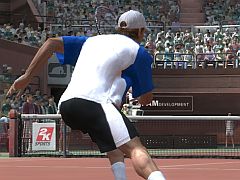
/https://oimg.videogamer.com/images/36eb/top_spin_3_4.jpg)
/https://oimg.videogamer.com/images/a7de/top_spin_3_7.jpg)
/https://oimg.videogamer.com/images/7416/top_spin_3_5.jpg)
